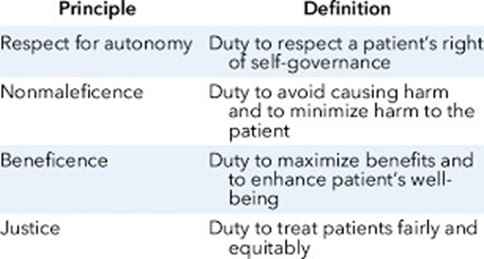A nurse is preparing to administer an IM injection to a client who is obese. Which of the following actions should the nurse plan to take?
Select a 1-inch needle
Use a 45° angle when inserting the needle
Use the ventrogluteal site
Pinch the skin up during injection
The Correct Answer is C
- A. Incorrect. A 1-inch needle may not be long enough to reach the muscle layer in an obese client, which may result in subcutaneous injection and reduced absorption of the medication.
- B. Incorrect. A 45° angle may not be appropriate for an IM injection, as it may cause the needle to enter at an oblique angle and miss the muscle layer or hit a bone or nerve.
- C. Correct. The ventrogluteal site is preferred for IM injections in obese clients, as it has less subcutaneous fat and a large muscle mass that can accommodate larger volumes of medication.
- D. Incorrect. Pinching the skin up during injection may cause the needle to enter at a shallow angle and deposit the medication in the subcutaneous tissue instead of the muscle layer.
Nursing Test Bank
Naxlex Comprehensive Predictor Exams
Related Questions
Correct Answer is C
Explanation
Choice A rationale:
Administering terbutaline is used to stop or slow down preterm labor contractions. In the given scenario, the client is in the latent phase of labor and is experiencing severe back pain. Terbutaline is not indicated for back pain during labor.
Choice B rationale:
Placing the client in a warm bath can provide comfort and relaxation, but it may not specifically alleviate back pain during labor. Additionally, warm baths are more commonly used for pain relief in early labor or during the active phase, not specifically for back pain.
Choice C rationale:
Applying counterpressure during each contraction is an appropriate intervention for relieving back pain during labor. Back pain is a common discomfort experienced by many women during labor, and counterpressure, often applied by a support person or nurse, can help alleviate the discomfort. It is a non-pharmacological method that can be effective in managing pain during labor.
Choice D rationale:
Requesting the provider prescribe a pudendal nerve block is not the first-line intervention for back pain during labor. Pudendal nerve blocks are used for pain relief during the second stage of labor (during delivery) and are typically administered by the provider if needed. It is not the appropriate intervention for back pain in the latent phase of labor.
Correct Answer is A
Explanation
- A. Autonomy is the ethical principle that respects the right of clients to make their own decisions and choices regarding their health care. Informed consent is a process that ensures that clients are fully informed of the benefits, risks, alternatives, and consequences of a proposed treatment or procedure, and that they voluntarily agree to it.
- B. Nonmaleficence is the ethical principle that obliges health care providers to do no harm to clients, either intentionally or unintentionally. Informed consent does not directly promote this principle, although it may help to prevent harm by disclosing potential risks and complications.
- C. Justice is the ethical principle that requires fair and equal treatment of all clients, regardless of their personal characteristics, preferences, or values. Informed consent does not directly promote this principle, although it may help to ensure that clients are not coerced or manipulated into accepting a treatment or procedure that they do not want or need.
- D. Fidelity is the ethical principle that requires health care providers to be faithful and loyal to their clients, and to honor their commitments and promises. Informed consent does not directly promote this principle, although it may help to establish trust and rapport between clients and providers.

Whether you are a student looking to ace your exams or a practicing nurse seeking to enhance your expertise , our nursing education contents will empower you with the confidence and competence to make a difference in the lives of patients and become a respected leader in the healthcare field.
Visit Naxlex, invest in your future and unlock endless possibilities with our unparalleled nursing education contents today
Report Wrong Answer on the Current Question
Do you disagree with the answer? If yes, what is your expected answer? Explain.
Kindly be descriptive with the issue you are facing.
